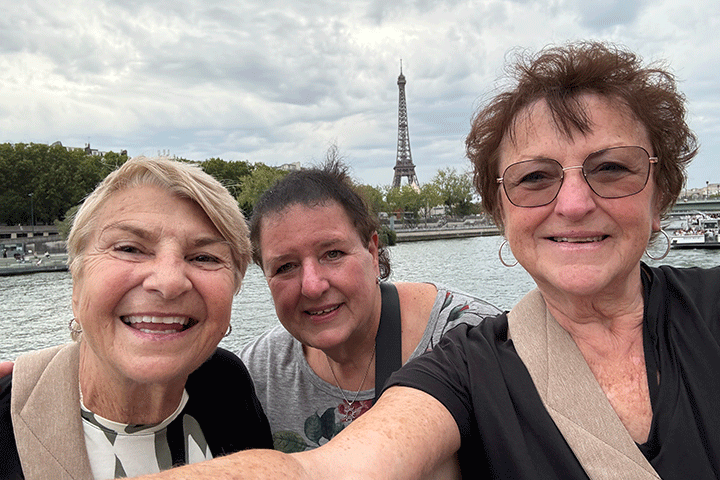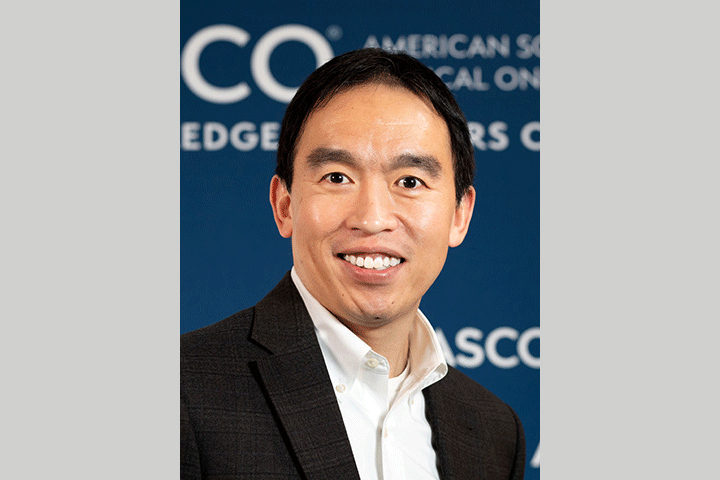The First Line of Defense against Pancreatic Cancer

Cases of pancreatic cancer are on the rise. But for decades, the standard of care for this disease hasn’t changed.
Between 10 and 25 percent of patients qualify for surgery, usually followed by chemotherapy, while the rest are treated with medicines in the hopes of either meeting the criteria for surgery or improving their quality of life. Now some physicians are calling for a shift in thinking: instead of defaulting to the same old strategies, why not make cutting-edge and experimental therapies available to all patients?
Clinical Trials as First-line Treatment
“When the outcomes are as dismal as they are in this disease, all patients should be offered the opportunity to participate in a clinical trial,” says Dr. David Tuveson, medical oncologist and Director of the Cold Spring Harbor Laboratory (Cold Spring Harbor, New York). Not only are long-term survival rates “far short of where we need them to be,” he notes, “but existing therapies don’t do enough to ease patients’ discomfort or reduce their suffering while they are in treatment.”
“How much do you have to lose?” agrees Dr. Allyson Ocean, from NewYork-Presbyterian/Weill Cornell Medical Center (New York). “In a disease where there aren’t cures, and there aren’t a lot of long-term treatment options that are effective, you have to take a risk. If you do the same thing over and over again, you’re going to get the same results over and over again.”
Participating in a clinical trial might mean patients receive novel medications or therapies, but it could also mean patients are treated with existing drugs in a new way, or at different doses that might be more effective. “Sometimes a trial is not that different from the standard of care, but even those small changes may be beneficial,” Ocean explains.
In addition to getting access to new and different treatment options, many patients feel good about playing a role in the search for a cure, she adds. So why aren’t more pancreatic cancer patients participating in clinical trials already? The answer can be complicated, say Ocean and Tuveson.
The Hurdles for Patients
The first hurdle is geographic. Patients who don’t live near a research hospital may find it difficult to make a long drive or stay overnight in another city to receive treatment.
Costs are another concern. Many patients erroneously believe an experimental treatment will be more expensive because it won’t be covered by insurance. However, trials are usually sponsored by a pharmaceutical company or research institution that will pay for medication costs.
And some patients may feel a clinical trial is riskier, although, Ocean points out, all treatments go through rigorous scientific review before they come to trial. In addition, trials are so heavily regulated that patients tend to be watched even more closely than those undergoing conventional treatments. “It’s not blind risk-taking,” she says.
Making Oncologists Aware of Clinical Trials
Physicians also play a role, Ocean adds. Since most patients are treated at community hospitals, they are usually cared for by general oncologists, rather than specialists who closely follow the latest scientific research on pancreatic cancer. A general oncologist may not be aware of any clinical trials in the area.
Patients may need to conduct an online search to look for trials, and then bring their findings to their doctor to discuss whether they meet the criteria and would be a good candidate. Ocean notes that “a loved one can do the search if the patient doesn’t feel up to it.”
Finally, researchers need to do a better job at designing trials that more patients can participate in, Tuveson says. For example, many trials exclude patients who’ve already received standard treatments. He’d like to see trials open to anyone, whether they’re in their first day of treatment or have already gone through several bouts with the disease.
“There needs to be innovation around the concept of enrolling patients in trials,” he says. “This is the type of disease where patients would like to participate in developing the best therapies, and we should design trials so that all patients can participate. That’s a challenge, but also an opportunity for our field.”





